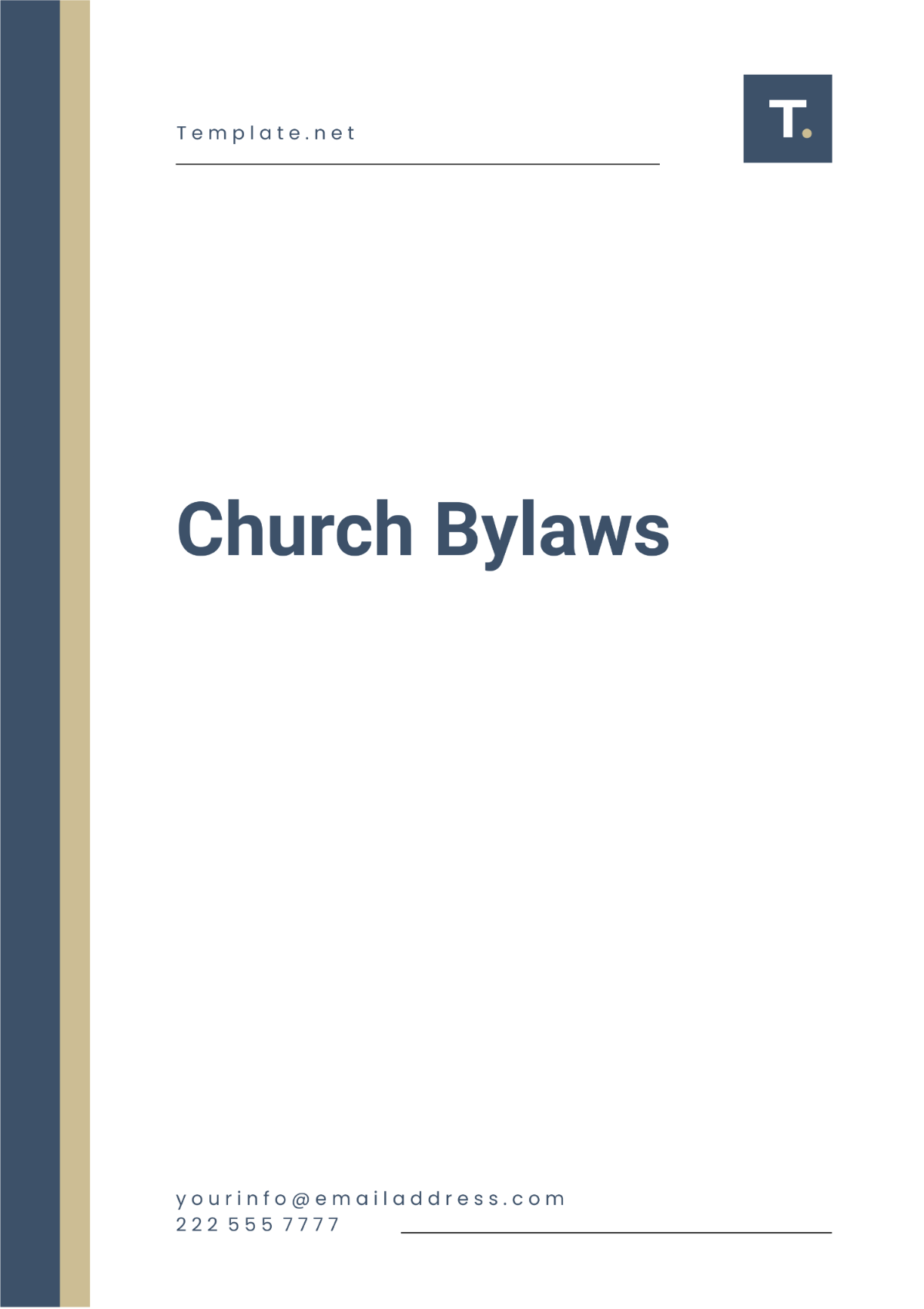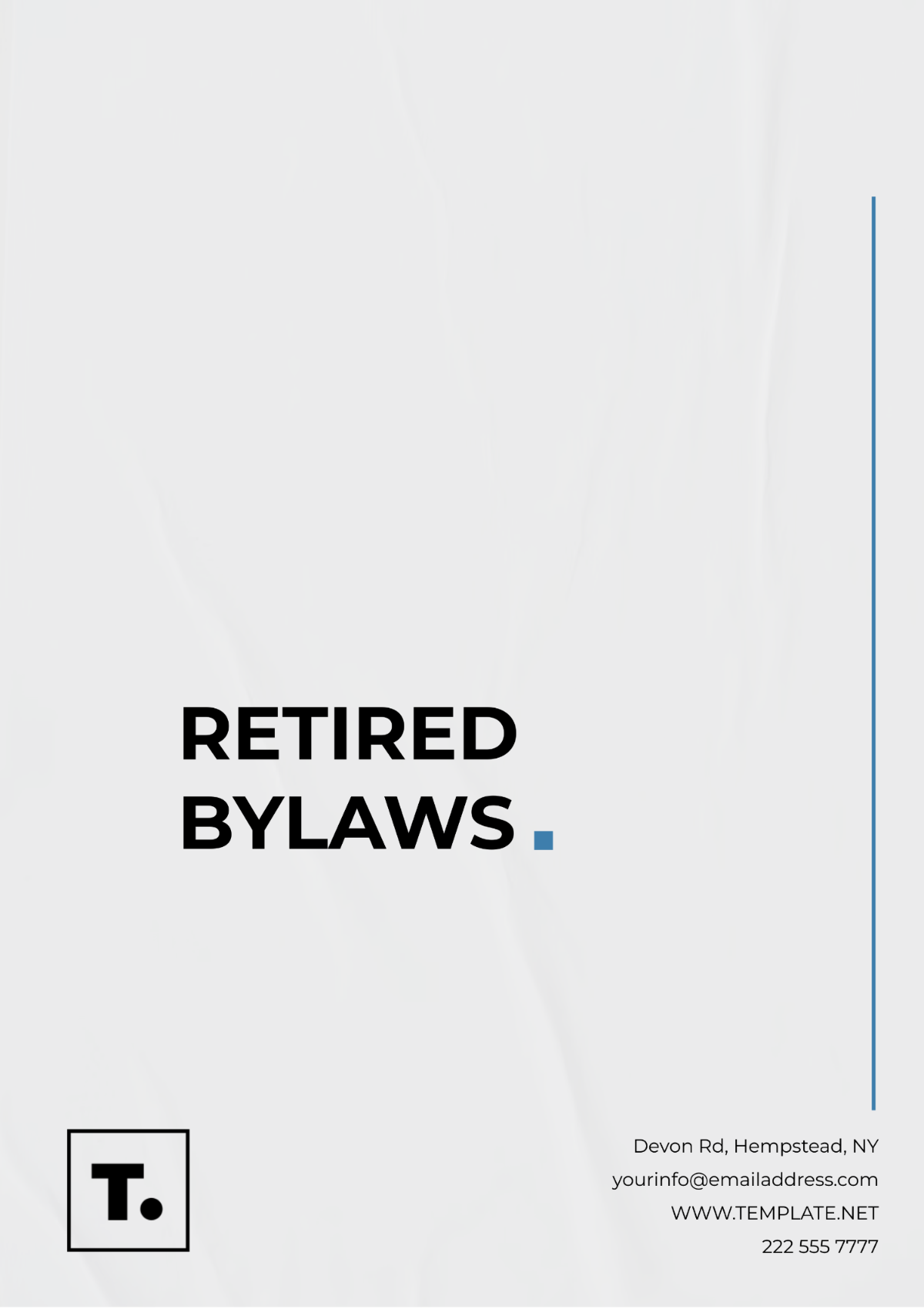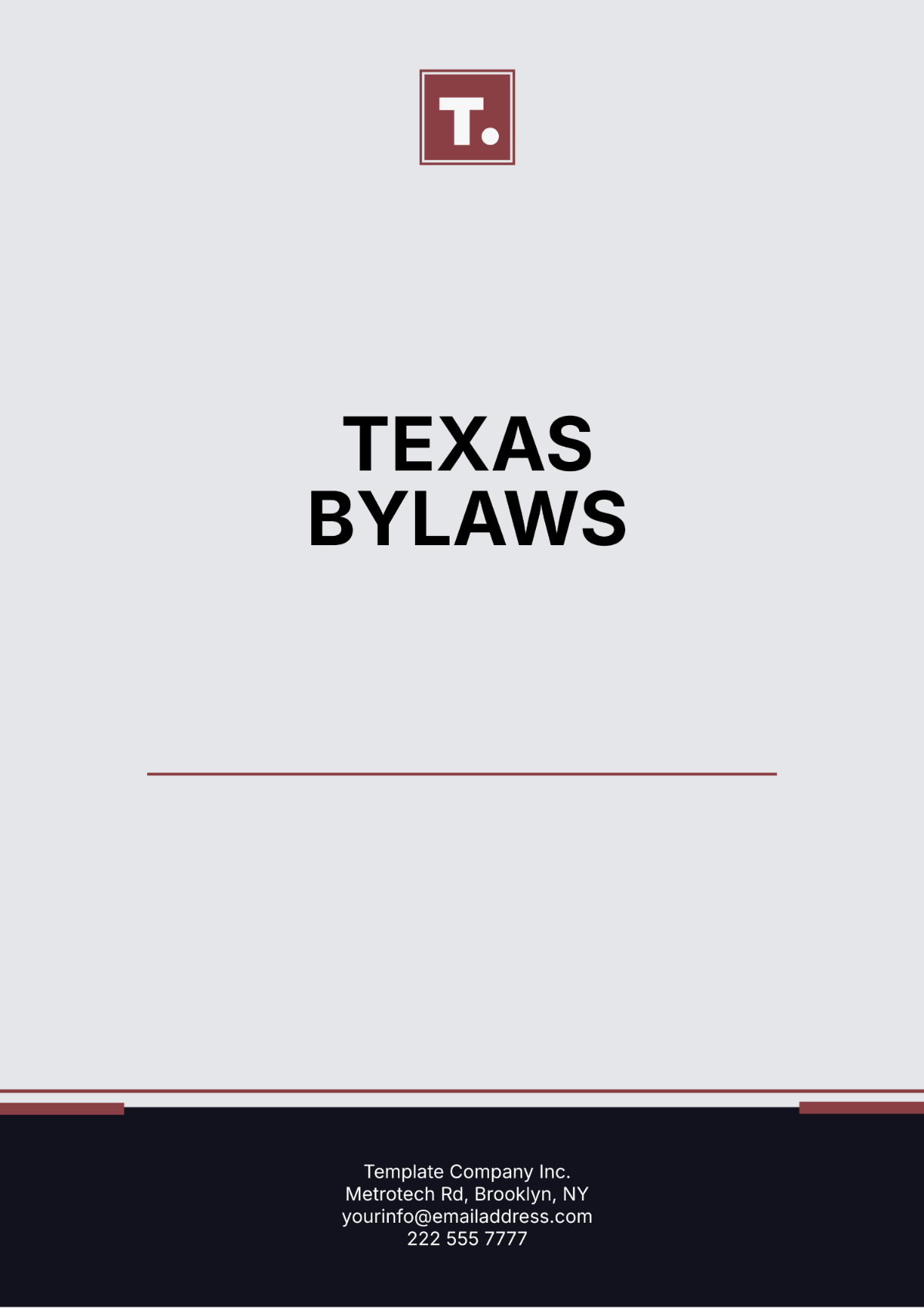SAMPLE BYLAWS
Article 1: Name, Purpose, and Mission
1.1 Name of the Association The association shall be known as the [Your Company Name] Homeowners Association, herein referred to as the "Association."
1.2 Purpose of the Association The primary purpose of the Association is to foster a vibrant, inclusive community, promote the general welfare of its residents, and maintain and enhance property values. This includes overseeing common areas, enforcing architectural standards, organizing community events, and engaging in activities that contribute to the overall well-being of the [Your Company Name].
1.3 Mission Statement The mission of the Association is to create a harmonious living environment that encourages community spirit, preserves the beauty of our surroundings, and upholds the values that make [Your Company Name] a unique and desirable place to live.
Article 2: Membership and Voting Rights
2.1 Eligibility for Membership All property owners within the boundaries of the [Your Company Name] are eligible for membership in the Association. Membership is automatic upon property acquisition.
2.2 Voting Rights and Member Participation Each member, irrespective of property ownership, is entitled to one vote. In addition to voting rights, members are encouraged to actively participate in community meetings, events, and committees to contribute to the shared vision and well-being of the [Your Company Name].
2.3 Membership Dues and Financial Obligations Members shall be required to pay annual dues, the amount of which shall be determined by the Board of Directors. Non-payment of dues may result in suspension of voting rights and other privileges. Financial statements shall be made available to members annually.
2.4 Membership Classes The Association may establish different membership classes (e.g., resident members, non-resident members) with varying rights and privileges as deemed appropriate by the Board of Directors.
Article 3: Board of Directors and Governance Structure
3.1 Composition of the Board The Board of Directors shall consist of [Number] elected members, including a President, Vice President, Secretary, Treasurer, and [Number] Directors-at-Large. Additionally, standing and ad-hoc committees may be established for specific functions.
3.2 Duties and Powers of the Board The Board is vested with the authority to manage the Association's affairs, enforce bylaws, oversee financial matters, and make decisions on behalf of the membership. Regular and transparent communication with members is paramount, and the Board shall strive for consensus in decision-making.
3.3 Election Procedures and Term Limits Board members shall be elected by a vote of the membership at the annual meeting. Election procedures, term limits, and criteria for candidacy shall be outlined in a separate Election Policy document, subject to periodic review and amendment.
3.4 Committee Structure and Responsibilities Establishment, dissolution, and responsibilities of committees, including but not limited to Architectural Control, Social, and Finance Committees, shall be detailed in separate policies approved by the Board.
Article 4: Architectural Control and Community Aesthetics
4.1 Architectural Standards and Guidelines The Association shall establish and maintain comprehensive architectural standards and design guidelines to ensure uniformity, preserve community aesthetics, and protect property values.
4.2 Application Process and Review Residents seeking approval for architectural changes must submit a detailed application to the Architectural Control Committee. The committee shall review applications promptly, considering aesthetic, environmental, and community impact, and provide clear feedback to applicants.
4.3 Landscape and Environmental Stewardship The Association shall promote sustainable and environmentally responsible practices, including landscape management, waste disposal, and energy efficiency, to contribute positively to the ecological balance of the community.
Article 5: Dispute Resolution and Community Harmony
5.1 Informal Resolution and Community Mediation Disputes among members or between a member and the Association shall be resolved through open communication and, if necessary, community mediation. Mediation shall be facilitated by a neutral third party to foster understanding and collaboration.
5.2 Grievance Procedure In cases where informal resolution and mediation are unsuccessful, the Association shall establish a formal grievance procedure, ensuring fair and impartial resolution through a designated Grievance Committee.
5.3 Enforcement Mechanisms and Penalties The Association may implement progressive enforcement mechanisms for violations of bylaws, including warnings, fines, or restrictions. Clear guidelines for enforcement and appeal processes shall be outlined in a separate Enforcement Policy document.
These extensive bylaws, once adopted, shall serve as the guiding document for the [Your Company Name] Homeowners Association. Amendments may be proposed by the Board of Directors or by a petition signed by [Percentage] of the membership, subject to approval as outlined in Article 3.3.

















































